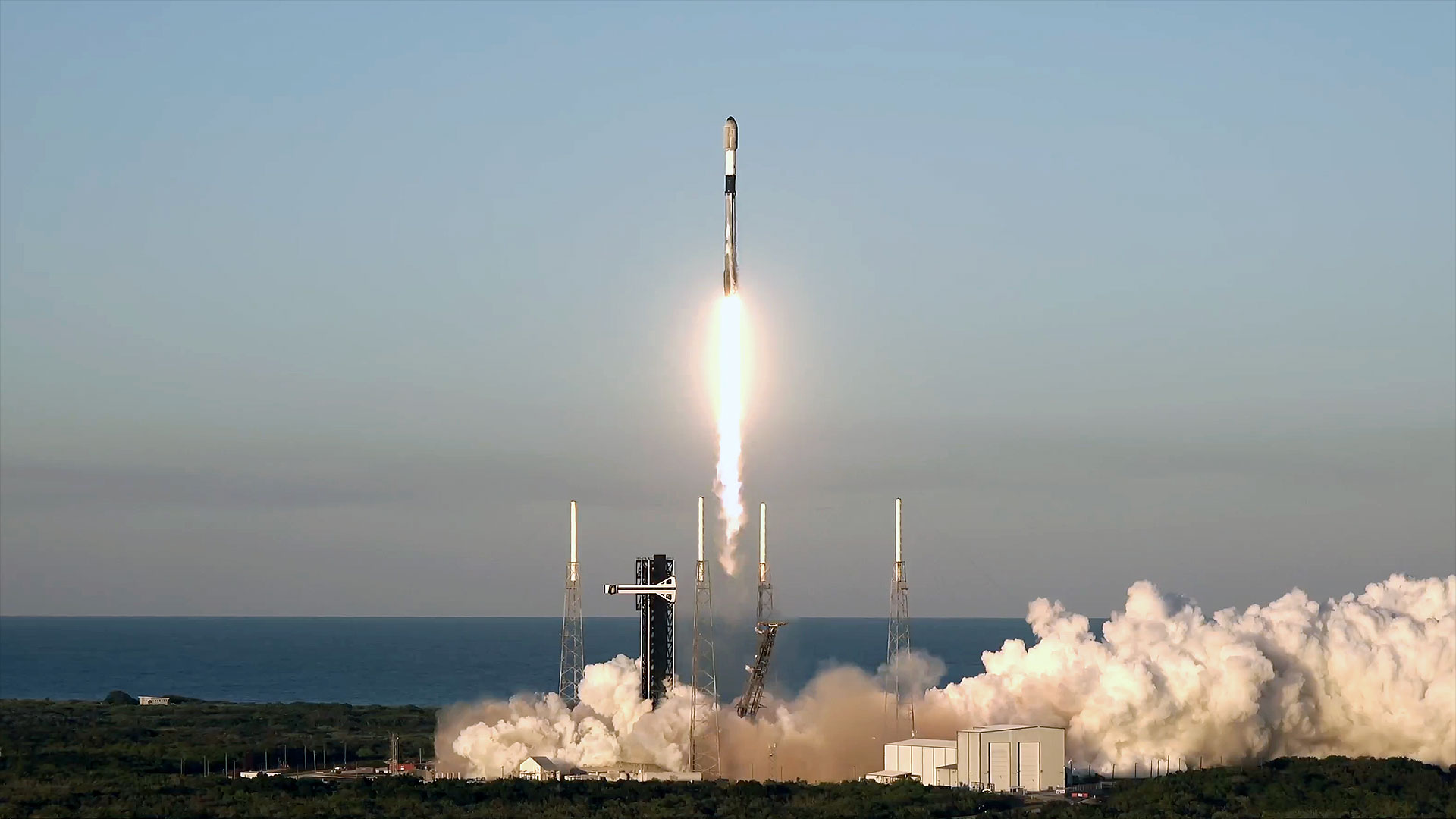Watch sunlight dance across Earth from solstice to solstice in this gorgeous video
Earth's tilt toward its orbital plane is responsible for the changes in the length of the day throughout the year.
An amazing new video demonstrates how Earth's tilt changes throughout the year, causing days to lengthen and shorten from north to south as the planet orbits the sun.
The Northern Hemisphere is experiencing the longest day of the year as our planet reached the moment of the summer solstice today, June 21, at 10:57 a.m. EDT (1457 GMT).
The summer solstice is the moment when the Earth's Northern Hemisphere is most tilted toward the sun, therefore receiving the maximum amount of sunlight during the day. That means the day is the longest for the half of the planet north of the equator where the summer season is entering its peak.
Related: Stonehenge's summer solstice orientation is seen in monuments all over the UK in amazing photos
But while the Northern Hemisphere is basking in sunshine, the Southern Hemisphere is trudging through its darkest day of culminating winter. From tomorrow on, the Southern Hemisphere's day will begin to lengthen while the Northern Hemisphere will start losing minutes of daylight.
The new video above released by Simon Proud, an Earth-observation scientist at the National Center for Earth Observation in the U.K., shows the terminator line, the boundary between the day and night, as it moves throughout the year.
"This video, using @eumetsat weather satellite data, shows how the sun appears to move during the year: It is made using 365 pictures, all taken at 6 a.m. on each day over the past year," Proud said in a tweet.
Breaking space news, the latest updates on rocket launches, skywatching events and more!
As we know, the sun doesn't really move across the sky (even though it does orbit the center of our galaxy the Milky Way). Its apparent motion overhead is caused by the Earth's rotation around its tilted axes, which means the arc the sun draws in the sky changes day by day, growing larger in the Northern Hemisphere from the winter solstice in December to the summer solstice in June and vice versa.
The video is a sequence of images taken by the European weather satellite Meteosat, which observes the planet from its perch in the geostationary orbit, an orbit at an altitude of 22,200 miles (36,000 kilometers), where spacecraft appear suspended above a fixed spot above Earth's equator.
The planet is now beginning its move toward the autumn equinox, which takes place in September and which sees both hemispheres receiving an equal amount of sunshine on that given day.

Tereza is a London-based science and technology journalist, aspiring fiction writer and amateur gymnast. Originally from Prague, the Czech Republic, she spent the first seven years of her career working as a reporter, script-writer and presenter for various TV programmes of the Czech Public Service Television. She later took a career break to pursue further education and added a Master's in Science from the International Space University, France, to her Bachelor's in Journalism and Master's in Cultural Anthropology from Prague's Charles University. She worked as a reporter at the Engineering and Technology magazine, freelanced for a range of publications including Live Science, Space.com, Professional Engineering, Via Satellite and Space News and served as a maternity cover science editor at the European Space Agency.

